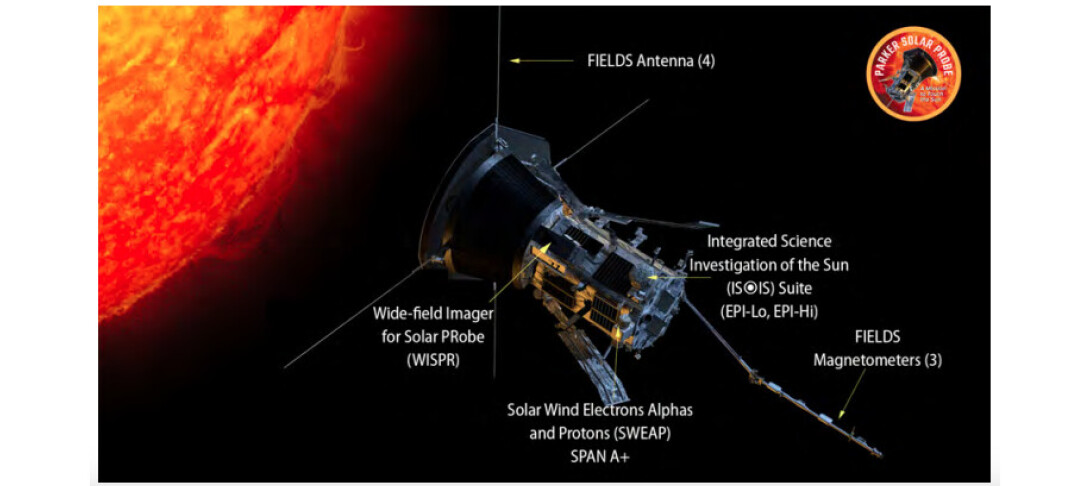
Seminar’s Schedule:
14:00 – 14:30 : Welcome, set up, tea/coffee and biscuits.
14:30 – 15:15 : Seminar + Q&A.
15:15 – 15:30 : More tea/coffee and discussions.
Seminar’s Title:
A measured depletion of the open magnetic flux near the Sun
Seminar’s Abstract:
We use magnetic field measurements from the Parker Solar Probe (PSP) spacecraft to show that the in situ-measured radial component BR of the heliospheric magnetic field (HMF) at low latitudes departs from the ‘open flux’ expectations within r ~ 0.3 AU near the Sun. At the perihelion distance 13.3 RS, this represents a ~20% depletion of the flux expected from a 1/r2 scaling and a departure of several hundred nT from the expected field magnitude. The depletion reduces the magnitude of the radial field BR independent of polarity and scales approximately like a dipole 1/r3, however there is no clear corresponding signature in the transverse (T, N) components of the magnetic field, which are dominated by Alfvenic fluctuations. Due to the PSP orbit, this reduction occurs over a very large range of Carrington longitude, making it unlikely to be a local effect, but also making it difficult to separate radial from longitudinal variation. We consider several explanations for our measurement, including the dissipation of magnetic flux due to reconnection within the Heliospheric Current Sheet (HCS) and latitudinal (meridional) reorganization of the field from an initial dipolar state.
Speaker’s short bio:
Stuart D. Bale is a professor at University of California, Berkeley and principal investigator for the FIELDS instrument suite onboard the Parker Solar Probe spacecraft. He received B.A. and Ph.D. degrees from the University of Minnesota in 1989 and 1994, respectively. After three years of postdoctoral work at Queen Mary University of London, he went to a research position at the Space Sciences Laboratory (SSL) at Berkeley. He joined the Physics faculty in 2004 and he was the Director of SSL. He has held visiting appointments at the Observatoire de Paris, Meudon (Univ. Paris VII), LPCE/CNRS in Orleans, France, the University of Sydney, and Imperial College and Queen Mary University of London. He is a recipient of the 2003 Presidential Early Career Award for Scientists and Engineers (PECASE) and an elected Fellow of the American Physical Society (APS) and the American Geophysical Union (AGU).
Picture: Spacecraft and Sun relative positions adjusted to better show instrument placement.
Credit: NASA/Johns Hopkins APL/Margaret Brown


